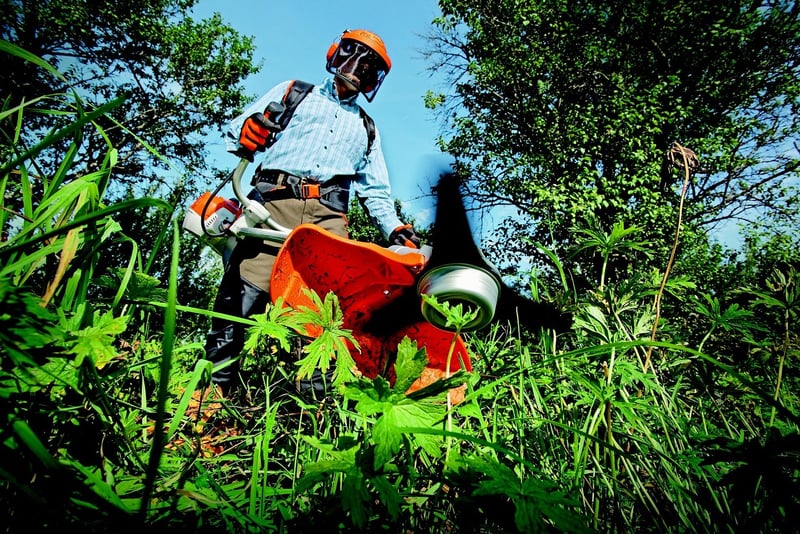Light Requirements
Enhance Your Gardening Skills with Proper Light Requirements
Gardening is a wonderful hobby that not only beautifies your surroundings but also provides a therapeutic escape from the hustle and bustle of everyday life. To truly excel in your gardening endeavors, it's essential to understand the light requirements of your plants. Light is one of the most critical factors that influence plant growth, and by ensuring your plants receive the right amount of light, you can significantly enhance their health and vitality.
Understanding Light Requirements
Plants have varying light requirements, with some needing full sun, others partial sun, and some thriving in shade. It's crucial to match your plants with the appropriate light conditions to ensure they flourish. Here's a brief overview:
Full Sun Plants
Plants that require full sun typically need at least 6 hours of direct sunlight per day. Examples include tomatoes, peppers, and roses. Make sure these plants are placed in an area where they can soak up the sun's rays without obstruction.
Partial Sun/Partial Shade Plants
Plants that prefer partial sun or partial shade can thrive with 3-6 hours of sunlight per day. Examples include hostas, begonias, and impatiens. These plants can tolerate some shade but still need an adequate amount of sunlight to grow well.
Shade-Loving Plants
Plants that thrive in shade require minimal direct sunlight, typically less than 3 hours per day. Examples include ferns, hostas, and foxgloves. These plants prefer indirect or dappled sunlight and can suffer if exposed to too much sun.
Tips for Optimizing Light Conditions
- Observe the sunlight patterns in your garden throughout the day to identify the best spots for different light requirements.
- Consider using shade cloth or creating shade structures for plants that are sensitive to intense sunlight.
- Rotate your potted plants regularly to ensure even light distribution and prevent lopsided growth.
- Prune surrounding trees or shrubs that may be casting excessive shade on your garden beds.
By paying attention to the light requirements of your plants and taking steps to optimize their growing conditions, you can elevate your gardening skills and cultivate a thriving and vibrant garden that will be the envy of your neighbors.

Remember, a well-lit garden is a happy garden!
Happy gardening!
